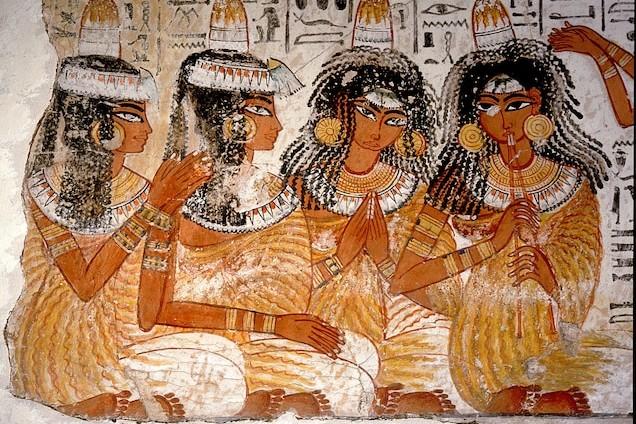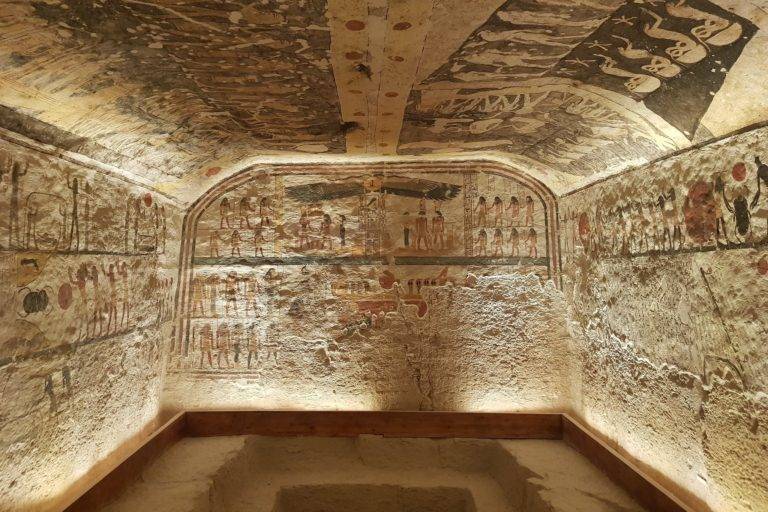Ptah Temple
The temple is dedicated to the Memphite Triad
In the quieter northern part of Karnak Temple, away from the busy tour groups in the Great Hypostyle Hall, is the intriguing Ptah Temple. This simple but atmospheric temple is dedicated to Ptah, the creator god of Egypt, and his fierce partner, Sekhmet. For travelers who discover it, the Ptah Temple offers a unique blend of history, spirituality, and mystery. It is a place where the air carries the weight of centuries.
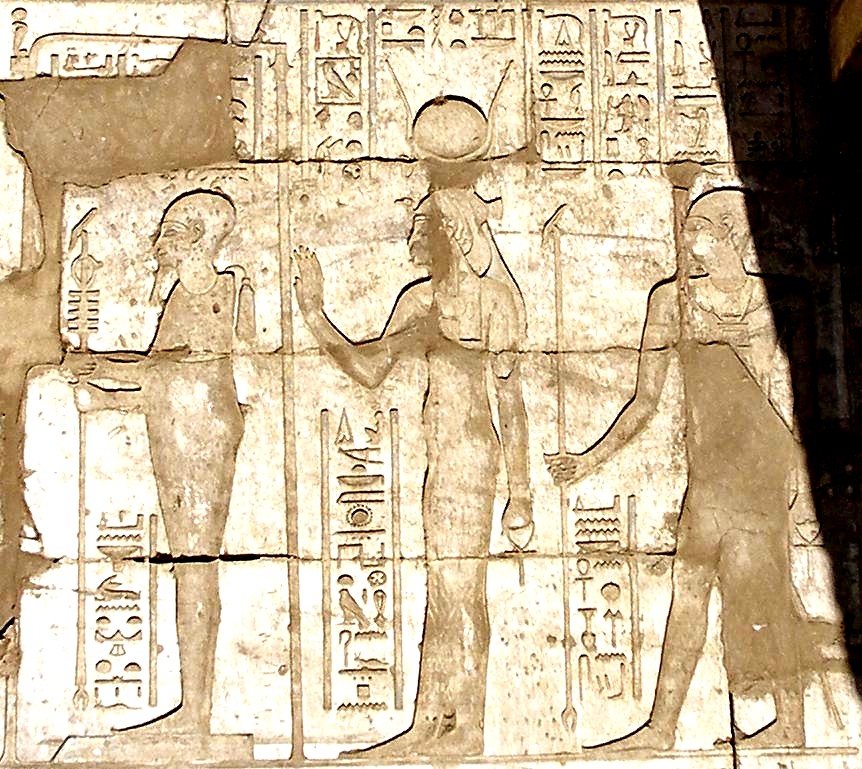
The Creator God of Thebes
Before entering, it’s important to understand the main figure of this temple. Ptah is one of the oldest and most respected gods in ancient Egypt. He is known as the divine architect who created the world through thought and speech. Ptah is the patron of craftsmen, builders, and sculptors. People mainly worshipped him in Memphis, but he is also honored in Thebes, where the pharaohs built this temple for him at Karnak.
Ptah is not alone here. The temple also honors Sekhmet, the lion-headed goddess of war and healing, and Nefertum, their son, who is linked to the lotus flower and rebirth. Together, they make up the Memphite Triad, a powerful family of gods that represents the connection between Egypt’s major religious centers.
Luxor Tours & Activities
Looking to save some costs on your travel? Why not join a shared group tour to explore Luxor, Egypt? Here are some activities you might be interested in:
A Temple Born of Ambition
The Ptah Temple at Karnak is impressive thanks to Thutmosis III, who ruled from 1479 to 1425 BCE. He is often referred to as the “Napoleon of Egypt” due to his military successes. Inscriptions from history tell us that he found an old, crumbling shrine made of brick and wood at this site. He ordered it to be rebuilt using fine white sandstone, with cedar doors from Lebanon and copper fittings, ensuring the walls would last forever.
Later kings, including Shabaka from Kush and the Ptolemaic pharaohs, restored and expanded the temple. Notably, the Ptolemies honored the work of their predecessors by fixing damaged inscriptions without changing the original royal names. This was a rare act of respect in ancient Egypt’s competitive dynastic history.
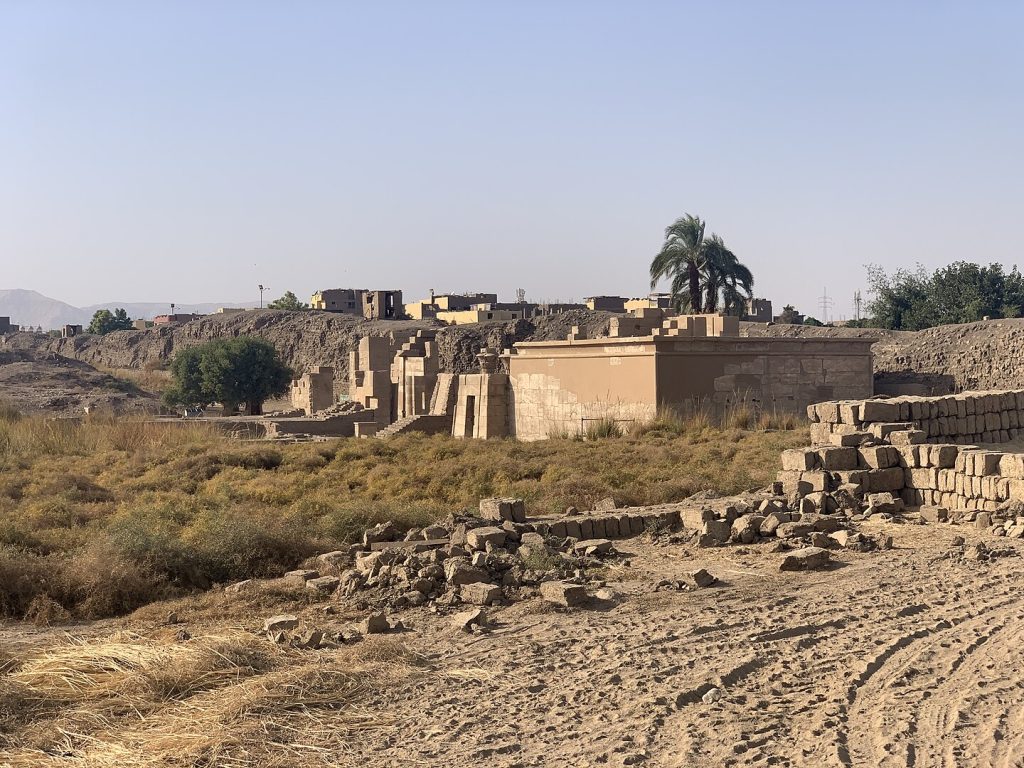
Architecture and Layout
The Ptah Temple is a small but beautiful building, quite different from the large Karnak complex. It follows the traditional design of Egyptian temples:
– Entrance Gateway: A simple pylon leads into the temple. The sandstone walls still show signs of ancient carvings.
– Courtyard: This open area was where priests and visitors used to meet for ceremonies.
– Three Connected Sanctuaries: Each one is dedicated to a god from the Memphite Triad: Ptah, Sekhmet, and Nefertum.
– Reliefs and Inscriptions: These include pictures of pharaohs making offerings, songs for the gods, and symbols like the lotus and papyrus.
The temple’s smaller size allows visitors to better appreciate the skilled craftsmanship, from the precise stonework to the way light shines through the doorways.
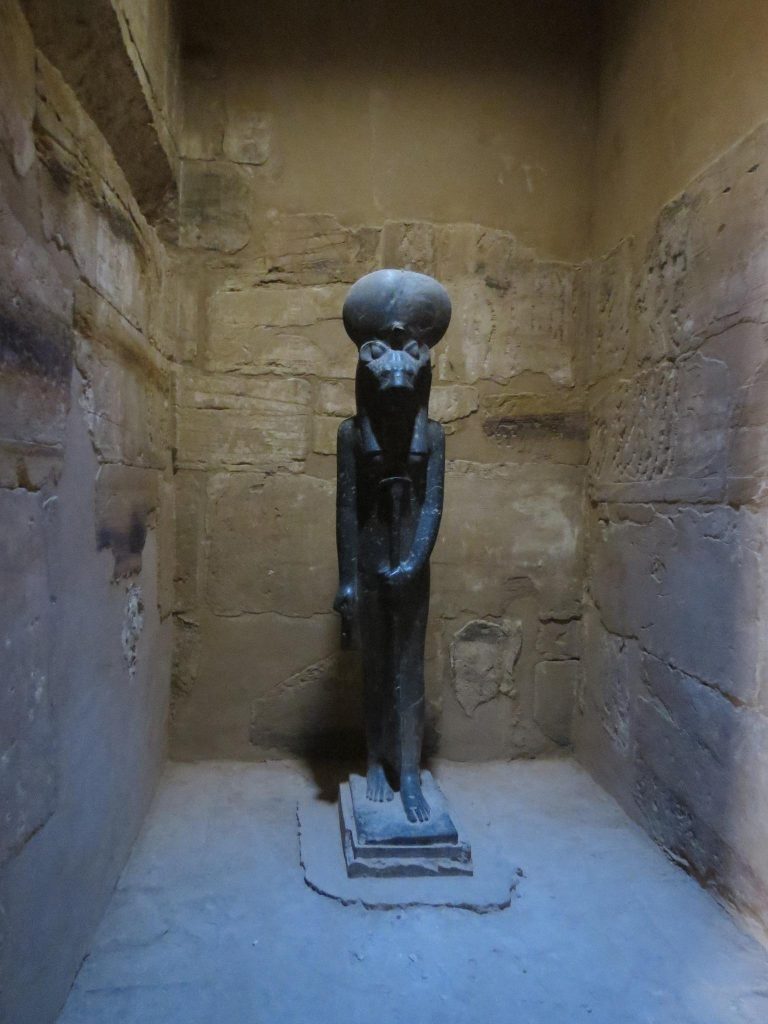
The Mystical Sekhmet Statue
The most famous feature of the Ptah Temple is the black granite statue of Sekhmet. She is carved in great detail and sits quietly, her lioness head showing both strength and protection. Many visitors feel a strong energy around her, making the statue popular among spiritual travelers and modern seekers.
Sekhmet is important in ancient rituals because she represents both destruction and healing. Priests called on her to prevent illness, protect the pharaoh, and ensure the Nile would flood. Today, some visitors leave small offerings or stand quietly in front of her, feeling the weight of history in the cool, dim sanctuary.
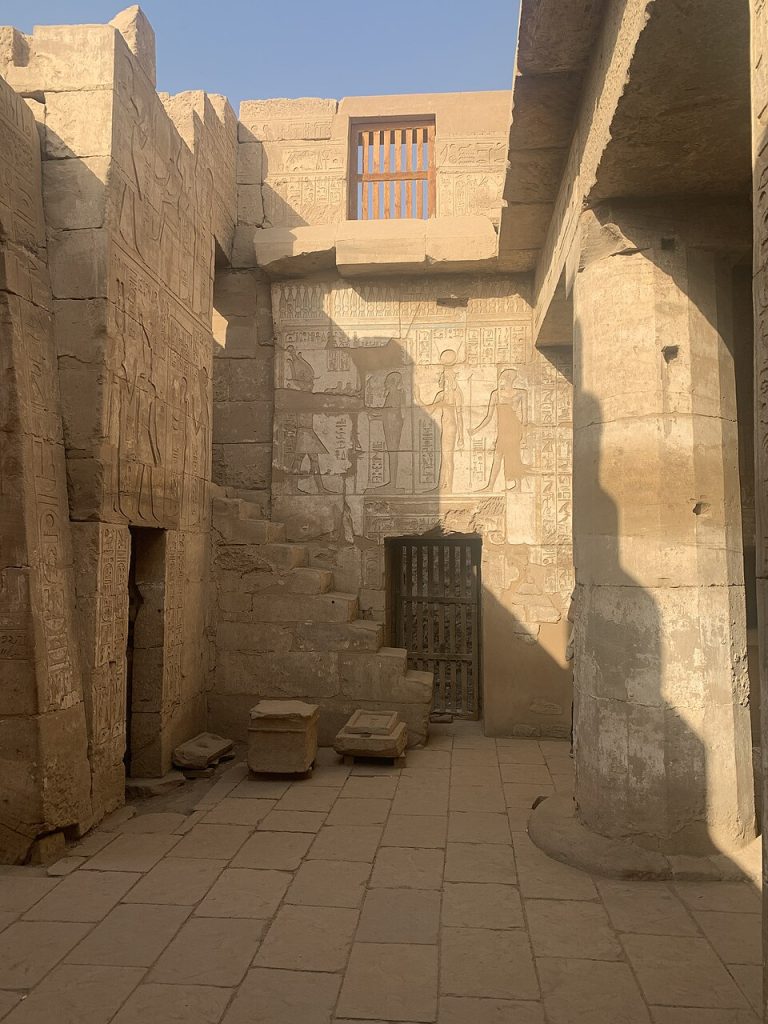
Rituals and Religious Life
The Ptah Temple was an important place for worship. Each morning, priests held rituals to “awaken” the statue of the god. They offered food, incense, and clean linen. During festivals, processions came from other areas of Karnak, with sacred boats carrying the images of Ptah, Sekhmet, and Nefertum through the temple’s courtyards.
These ceremonies were more than just religious activities; they showed the pharaoh’s power and the unity of Egypt’s spiritual beliefs. Because the temple was located in Karnak, it also took part in major festivals, like the Opet Festival, when the gods’ statues traveled between Karnak and Luxor Temple.
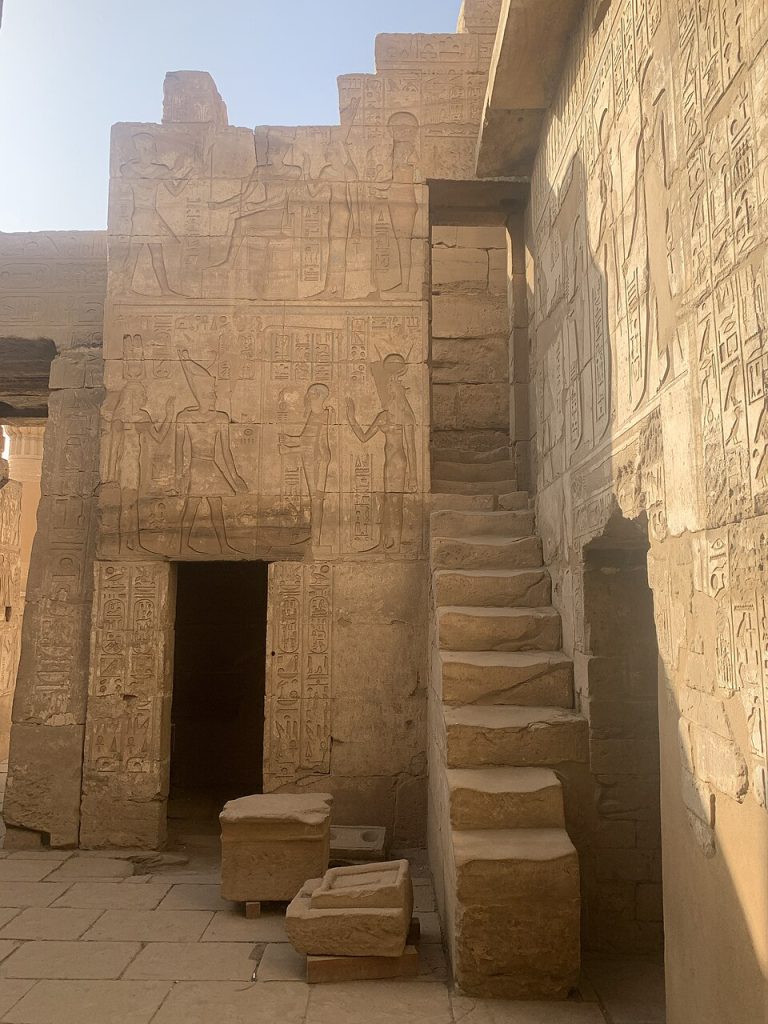
Finding the Ptah Temple at Karnak
One reason the Ptah Temple feels so special is that it’s often overlooked. To find it:
- Enter Karnak through the main gate and walk past the Great Court and Hypostyle Hall.
- Continue north, following signs or asking a guide for the “Temple of Ptah.”
- The temple sits near the northern enclosure wall, away from the busiest tourist routes.
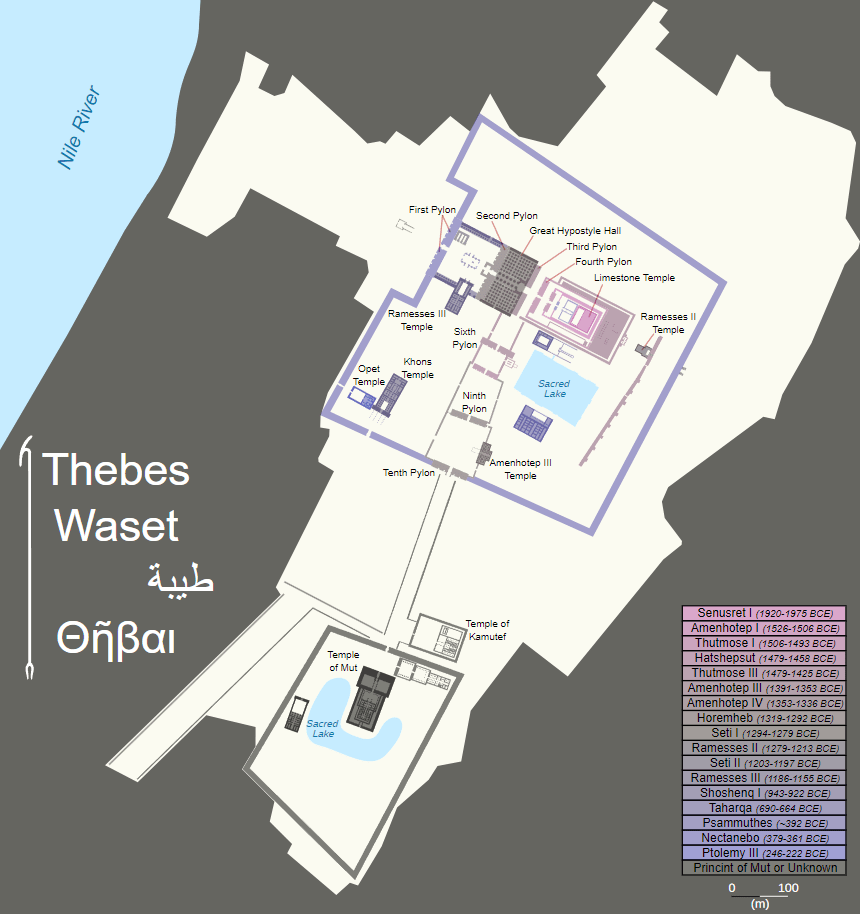
Pairing Your Visit with Other Karnak Highlights
If you’re already in Karnak, the Ptah Temple pairs beautifully with:
- The Open Air Museum – Home to reconstructed chapels and exquisite reliefs.
- The Sacred Lake – Once used for ritual purification by priests.
- The Festival Hall of Thutmosis III – A unique structure with botanical reliefs from his military campaigns.
Combining these sites creates a well-rounded experience that balances Karnak’s monumental scale with its more intimate, hidden corners.

Cultural Significance and Legacy
The Ptah Temple at Karnak is more than just a small attraction; it shows the strong religious connections in ancient Egypt. By worshiping a god whose main temple was far away in Memphis, Theban leaders showed their political unity and respect for different beliefs.
Today, visitors can see the art, dedication, and cultural exchanges that shaped ancient Egypt at this temple. Its ability to survive through many years, despite political changes and natural damage, highlights the lasting influence of the gods honored there.
Got a Question?
F.A.Qs
The Ptah Temple is situated on the northern side of the Karnak complex, near the enclosure wall. It’s a quieter area, away from the main Hypostyle Hall, making it easy to miss without a guide or map.
The temple was originally constructed by Pharaoh Thutmosis III in the 15th century BCE. Later rulers, including Shabaka of the Kushite dynasty and the Ptolemies, restored and expanded it.
The temple is dedicated to the Memphite Triad:
Ptah – creator god and patron of craftsmen
Sekhmet – lion-headed goddess of war and healing
Nefertum – their son, associated with the lotus and rebirth
The black granite statue of Sekhmet is one of the temple’s highlights. Many visitors describe a powerful, almost mystical presence in her sanctuary, making it a favorite stop for spiritual travelers.
Did you know that
By purchasing through our links, you support us at no additional cost.
Thank you for your support. ♥️




